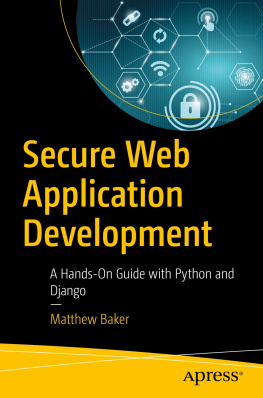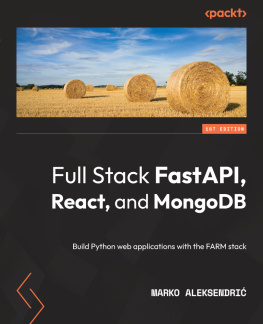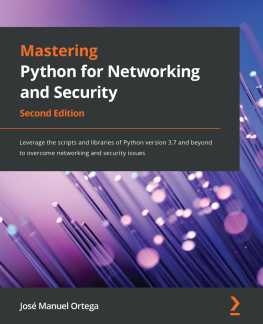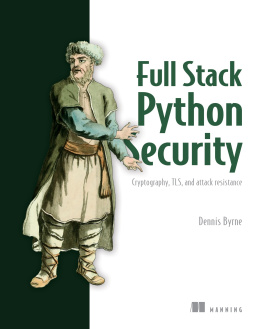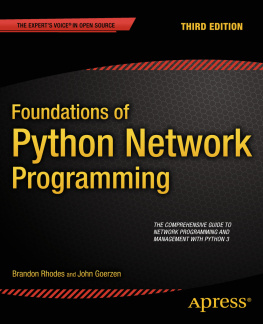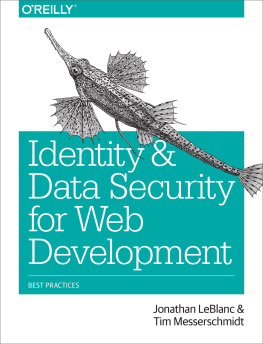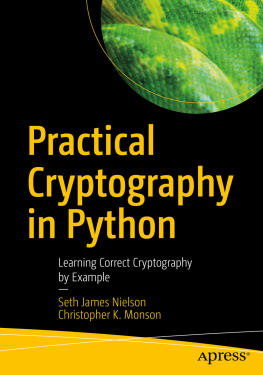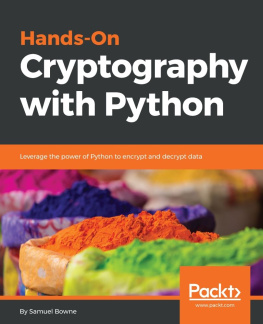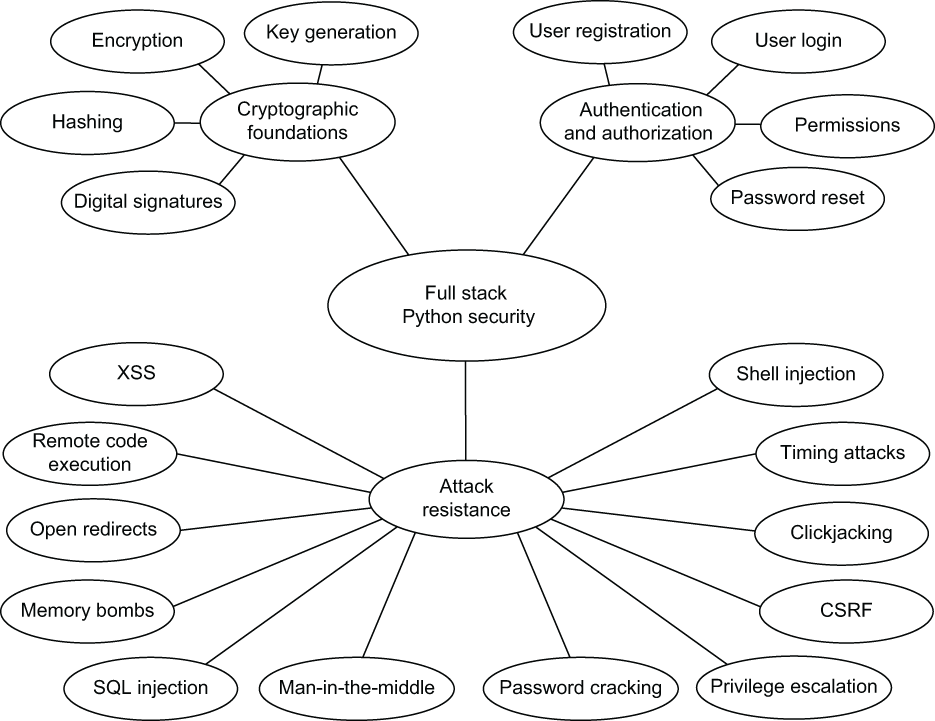For online information and ordering of these and other Manning books, please visit www.manning.com. The publisher offers discounts on these books when ordered in quantity.
Manning Publications Co.
2021 by Manning Publications Co. All rights reserved.
No part of this publication may be reproduced, stored in a retrieval system, or transmitted, in any form or by means electronic, mechanical, photocopying, or otherwise, without prior written permission of the publisher.
Many of the designations used by manufacturers and sellers to distinguish their products are claimed as trademarks. Where those designations appear in the book, and Manning Publications was aware of a trademark claim, the designations have been printed in initial caps or all caps.
Recognizing the importance of preserving what has been written, it is Mannings policy to have the books we publish printed on acid-free paper, and we exert our best efforts to that end. Recognizing also our responsibility to conserve the resources of our planet, Manning books are printed on paper that is at least 15 percent recycled and processed without the use of elemental chlorine.
front matter
preface
Years ago, I searched Amazon for a Python-based application security book. I assumed there would be multiple books to choose from. There were already so many other Python books for topics such as performance, machine learning, and web development.
To my surprise, the book I was searching for didnt exist. I could not find a book about the everyday problems my colleagues and I were solving. How do we ensure that all network traffic is encrypted? Which frameworks should we use to secure a web application? What algorithms should we hash or sign data with?
In the years to follow, my colleagues and I found the answers to these questions while settling upon a standard set of open source tools and best practices. During this time, we designed and implemented several systems, protecting the data and privacy of millions of new end users. Meanwhile, three competitors were hacked.
Like everyone else in the world, my life changed in early 2020. Every headline was about COVID-19, and suddenly remote work became the new normal. I think its fair to say each person had their own unique response to the pandemic; for myself, it was severe boredom.
Writing this book allowed me to kill two birds with one stone. First, this was an excellent way to stave off boredom during a year of pandemic lockdowns. As a resident of Silicon Valley, this silver lining was amplified in the fall of 2020. At this time, a spate of nearby wildfires destroyed the air quality for most of the state, leaving many residents confined to their homes.
Second, and more importantly, it has been very satisfying to write the book I could not buy. Like so many Silicon Valley startups, a lot of books begin for the sole purpose of obtaining a title such as author or founder. But a startup or book must solve real-world problems if it will ever produce value for others.
I hope this book enables you to solve many of your real-world security problems.
acknowledgments
Writing entails a great deal of solitary effort. It is therefore easy to lose sight of who has helped you. Id like to acknowledge the following people for helping me (in the order in which I met them).
To Kathryn Berkowitz, thank you for being the best high-school English teacher in the world. My apologies for being such a troublemaker. To Amit Rathore, my fellow ThoughtQuitter, thank you for introducing me to Manning. Id like to thank Jay Fields, Brian Goetz, and Dean Wampler for their advice and input while I was searching for a publisher. To Cary Kempston, thank you for endorsing the auth team. Without real-world experience, I would have had no business writing a book like this. To Mike Stephens, thank you for looking at my original manuscript and seeing potential. Id like to thank Toni Arritola, my development editor, for showing me the ropes. Your feedback is greatly appreciated, and with it Ive learned so much about technical writing. To Michael Jensen, my technical editor, thank you for your thoughtful feedback and quick turnaround times. Your comments and suggestions have helped make this book a success.
Finally, Id like to thank all the Manning reviewers who gave me their time and feedback during the development phase of this effort: Aaron Barton, Adriaan Beiertz, Bobby Lin, Daivid Morgan, Daniel Vasquez, Domingo Salazar, Grzegorz Mika, Hvard Wall, Igor van Oostveen, Jens Christian Bredahl Madsen, Kamesh Ganesan, Manu Sareena, Marc-Anthony Taylor, Marco Simone Zuppone, Mary Anne Thygesen, Nicolas Acton, Ninoslav Cerkez, Patrick Regan, Richard Vaughan, Tim van Deurzen, Veena Garapaty, and William Jamir Silva, your suggestions helped make this a better book.
about this book
I use Python to teach security, not the other way around. In other words, as you read this book, you will learn much more about security than Python. There are two reasons for this. First, security is complicated, and Python is not. Second, writing volumes of custom security code isnt the best way to secure a system; the heavy lifting should almost always be delegated to Python, a library, or a tool.
This book covers beginner- and intermediate-level security concepts. These concepts are implemented with beginner-level Python code. None of the material for either security or Python is advanced.
Who should read this book
All of the examples in this book simulate the challenges of developing and securing systems in the real world. Programmers who push code to production environments are therefore going to learn the most. Beginner Python skills, or intermediate experience with any other major language, is required. You certainly do not have to be a web developer to learn from this book, but a basic understanding of the web makes it easier to absorb the second half.


